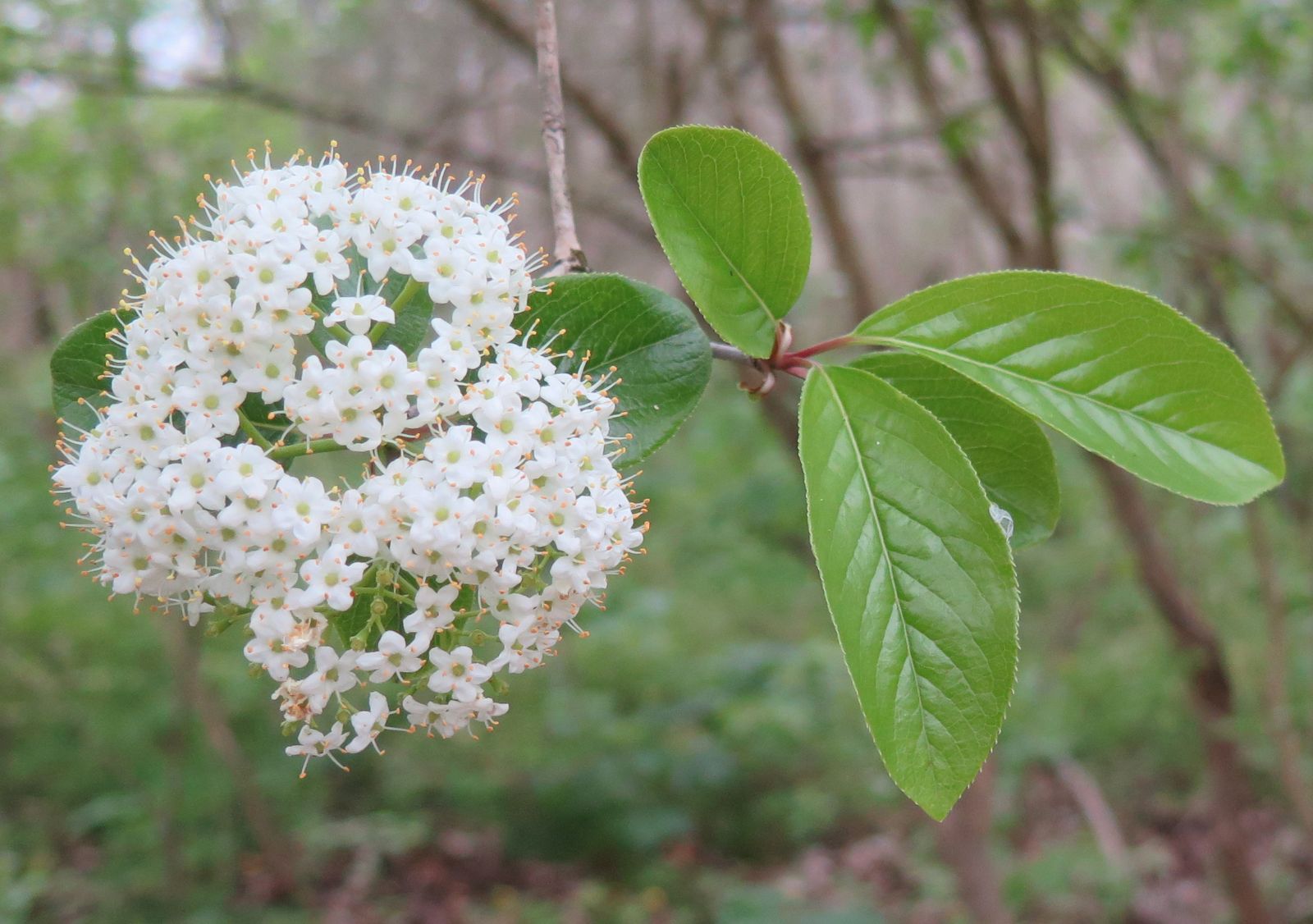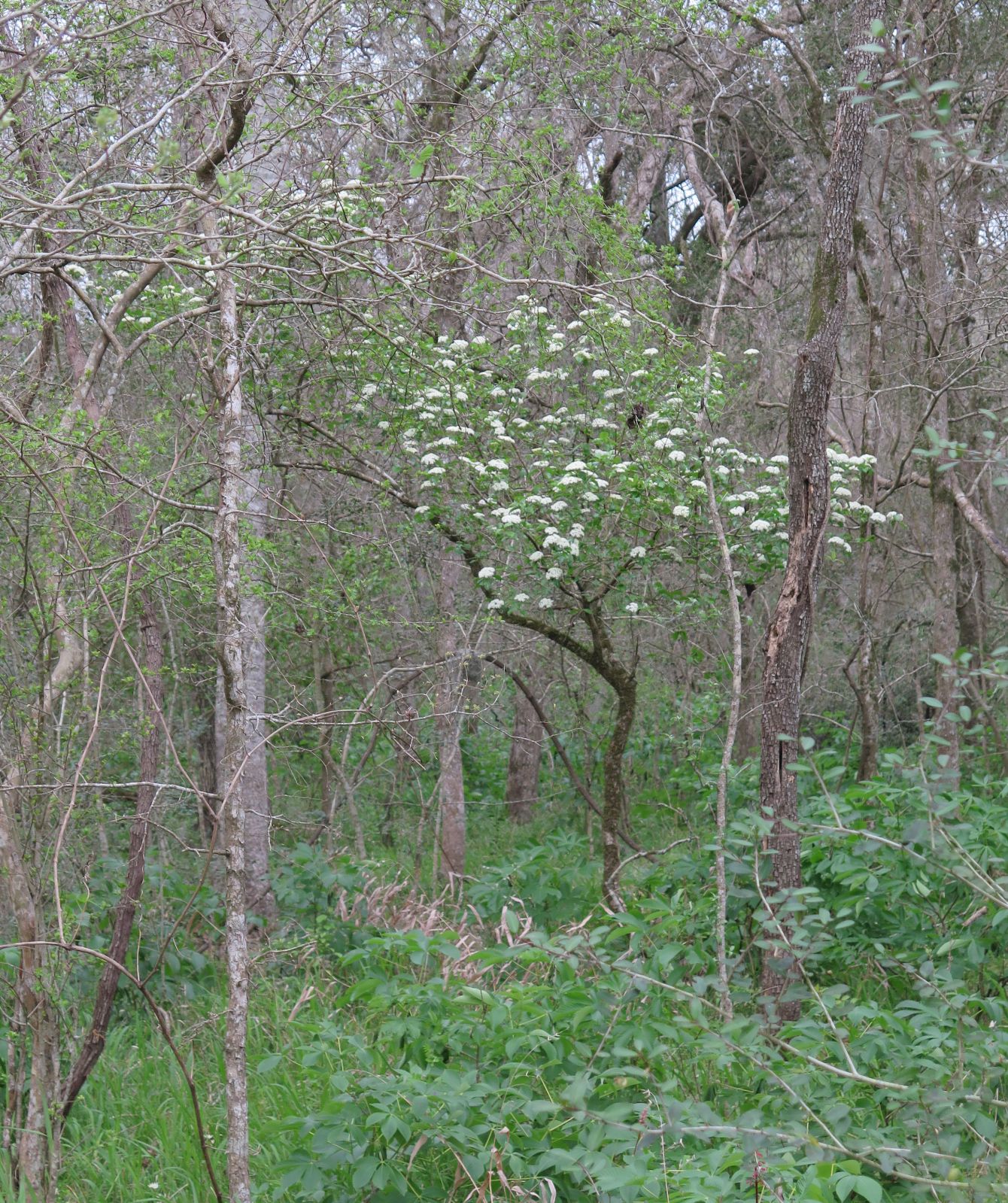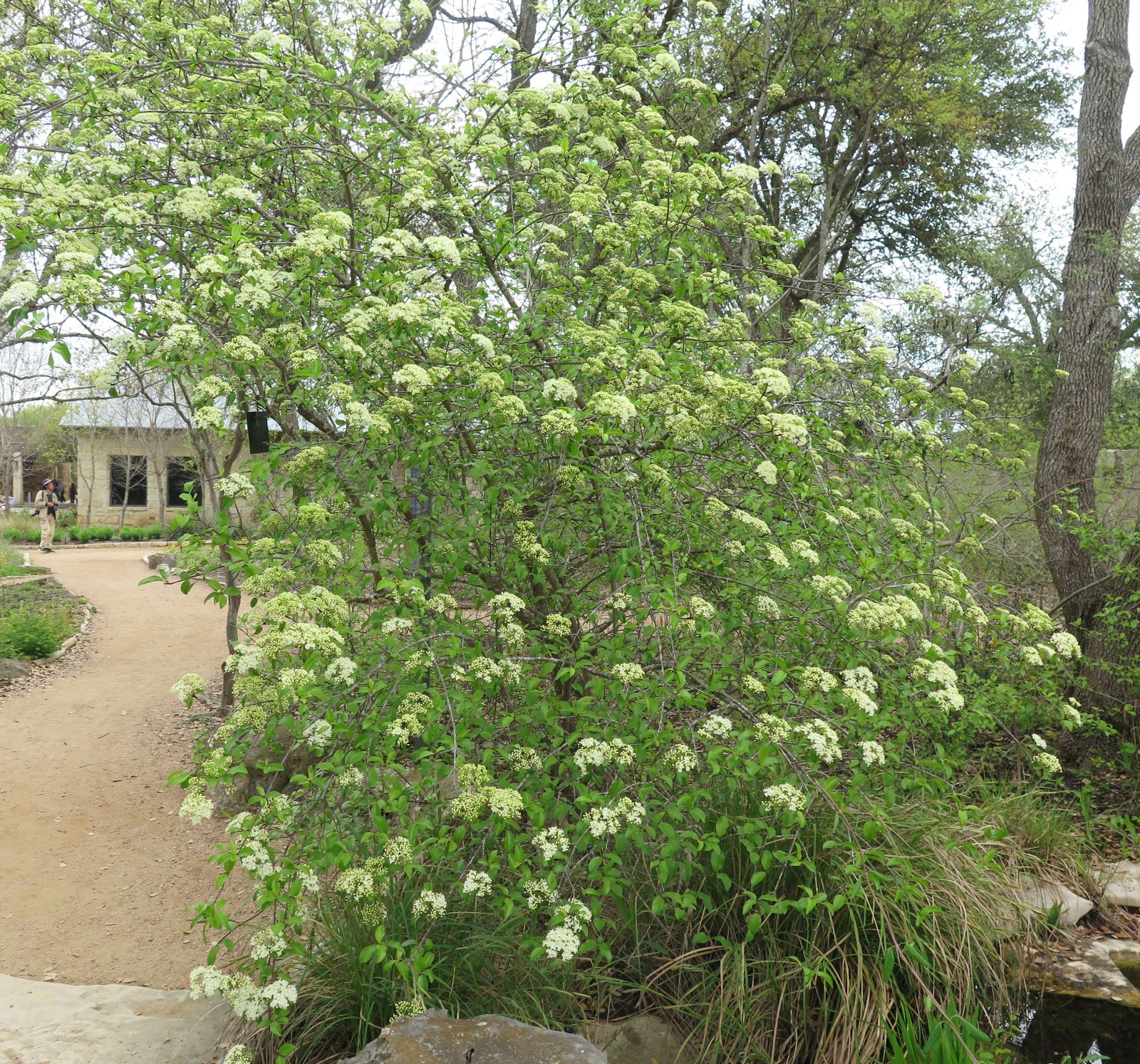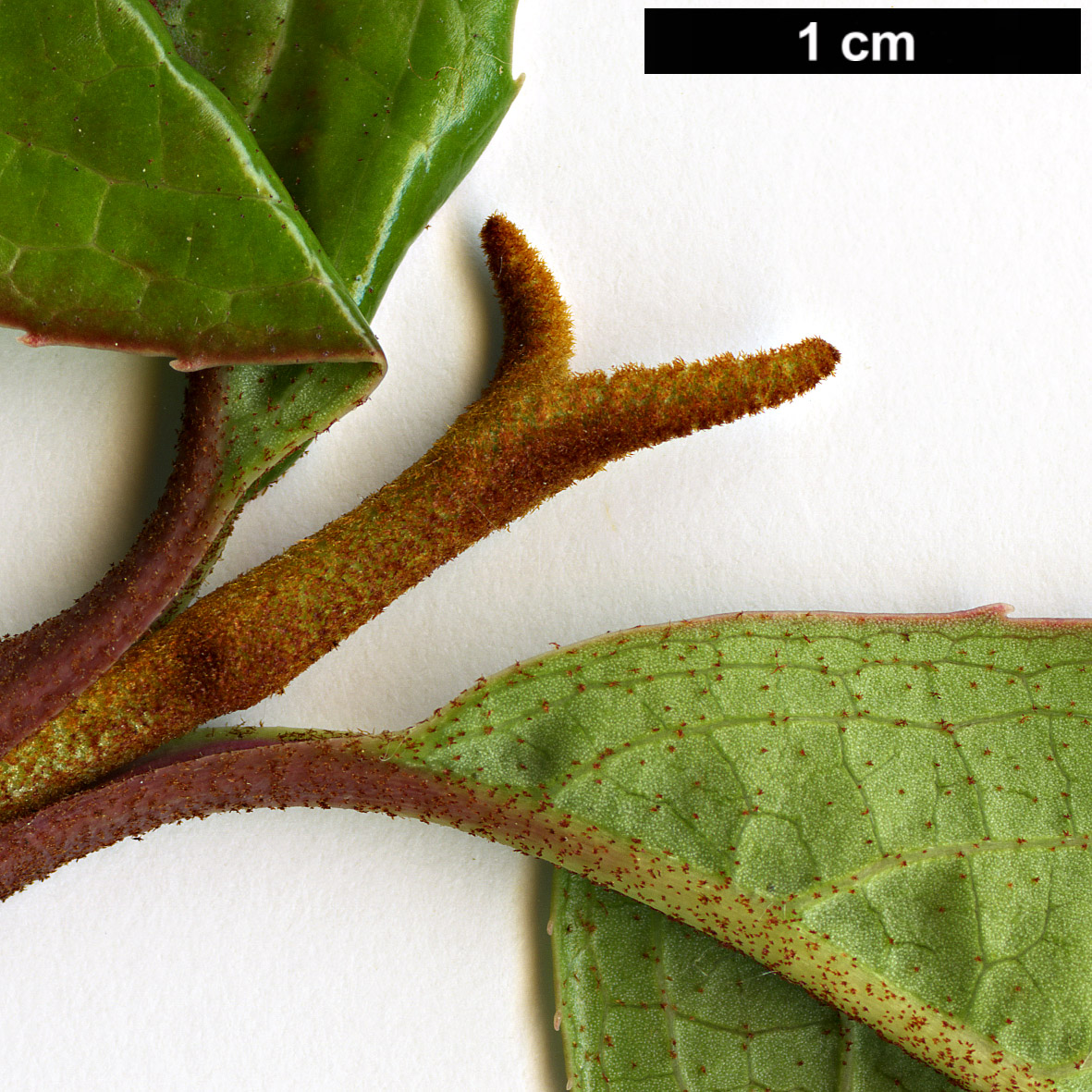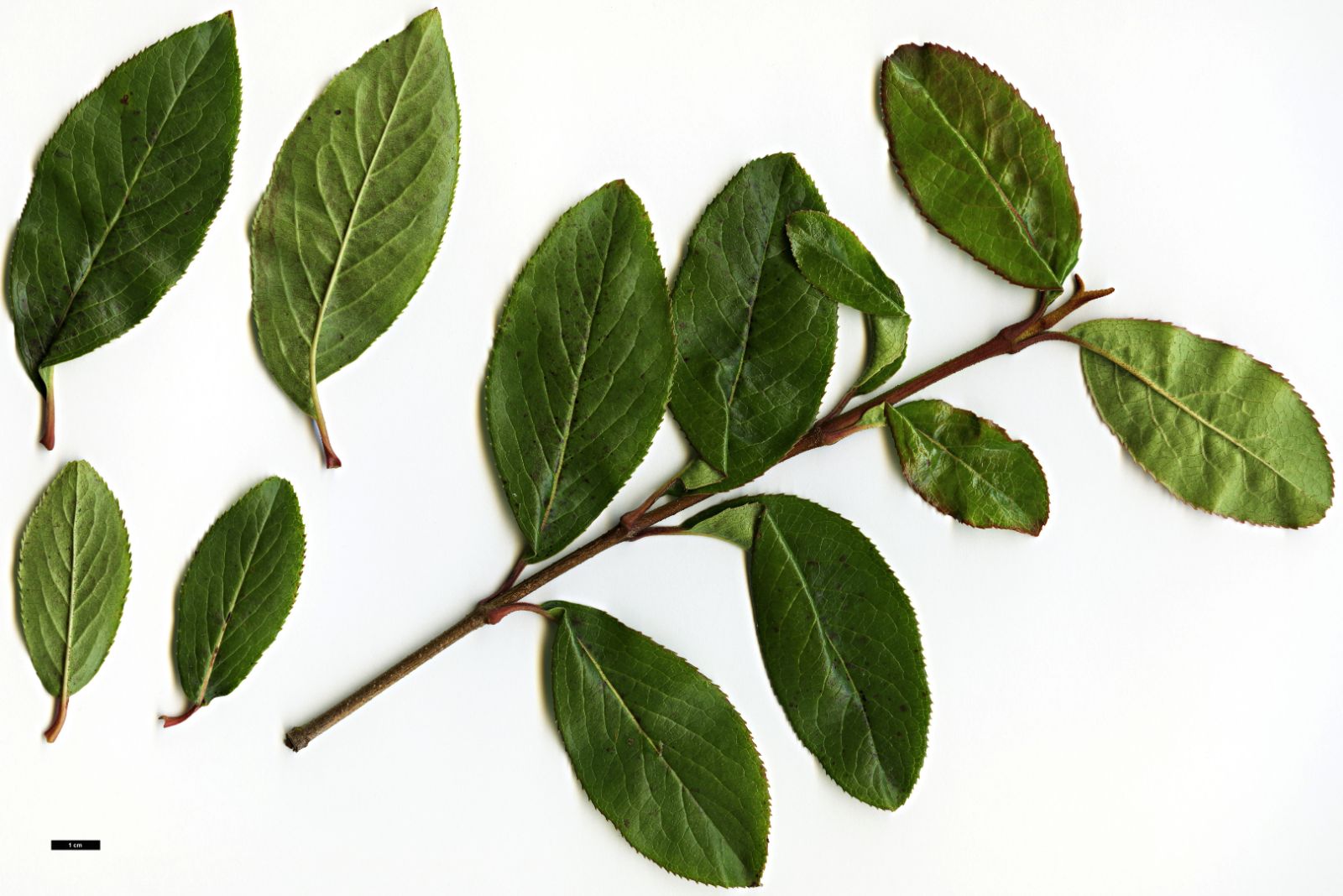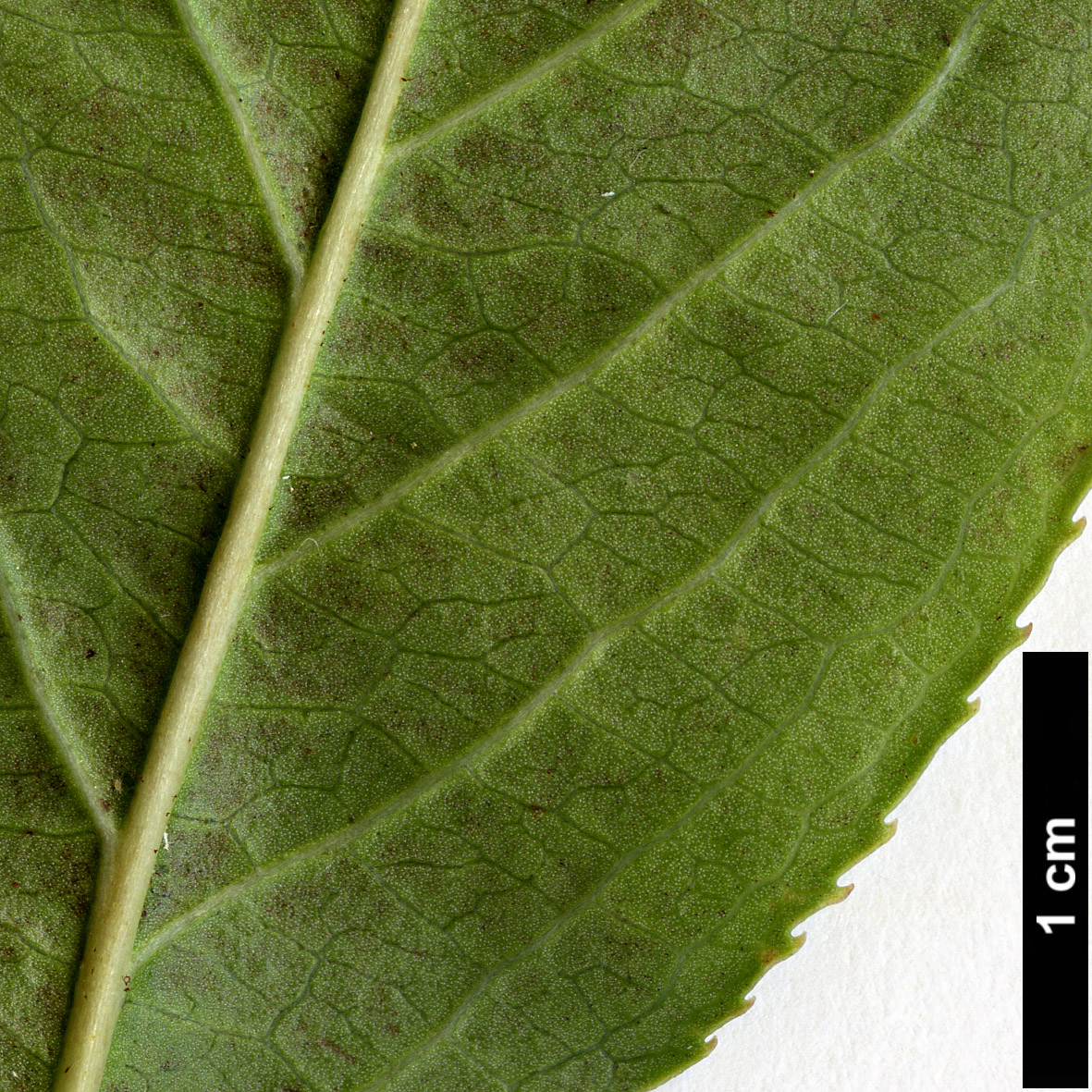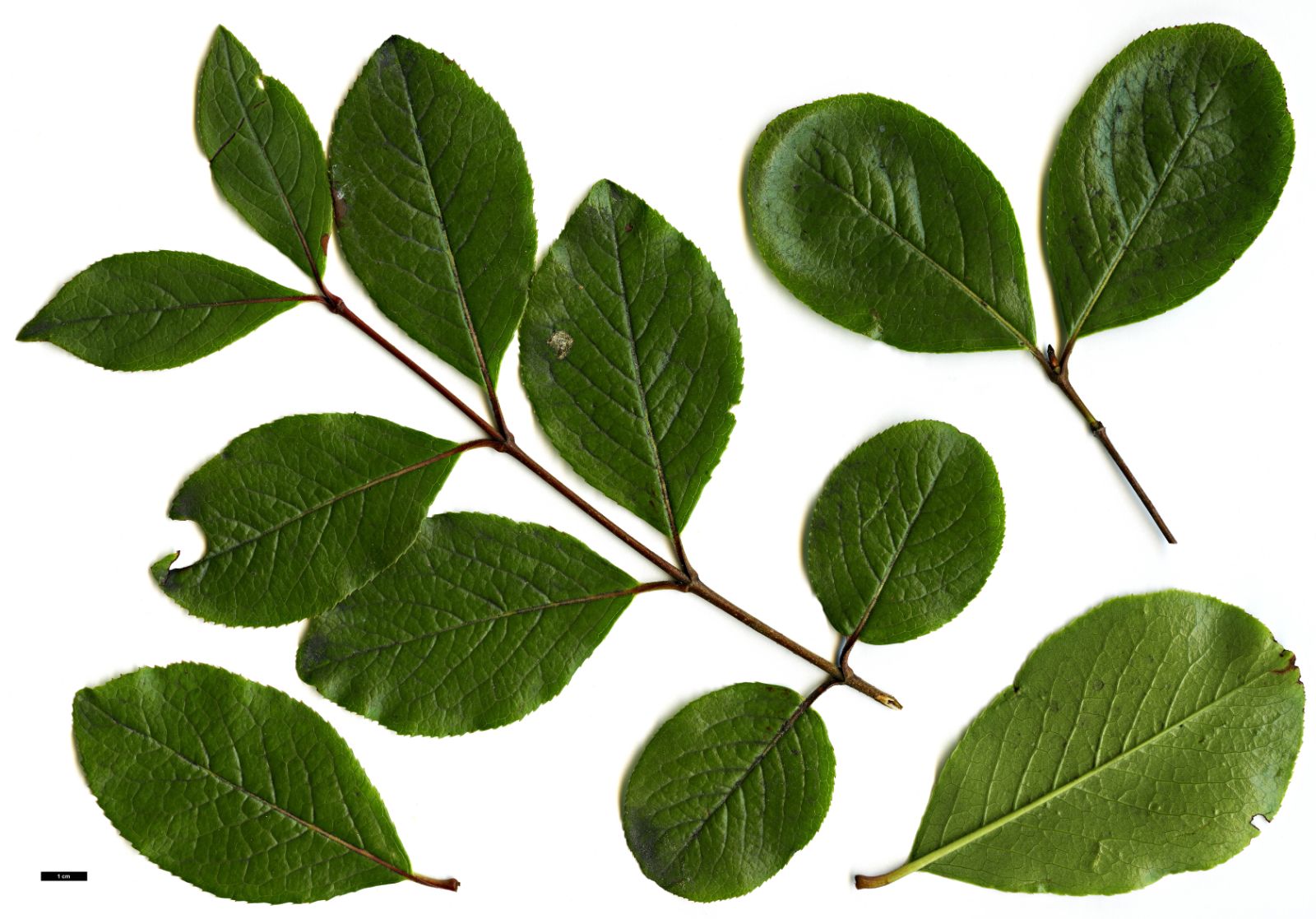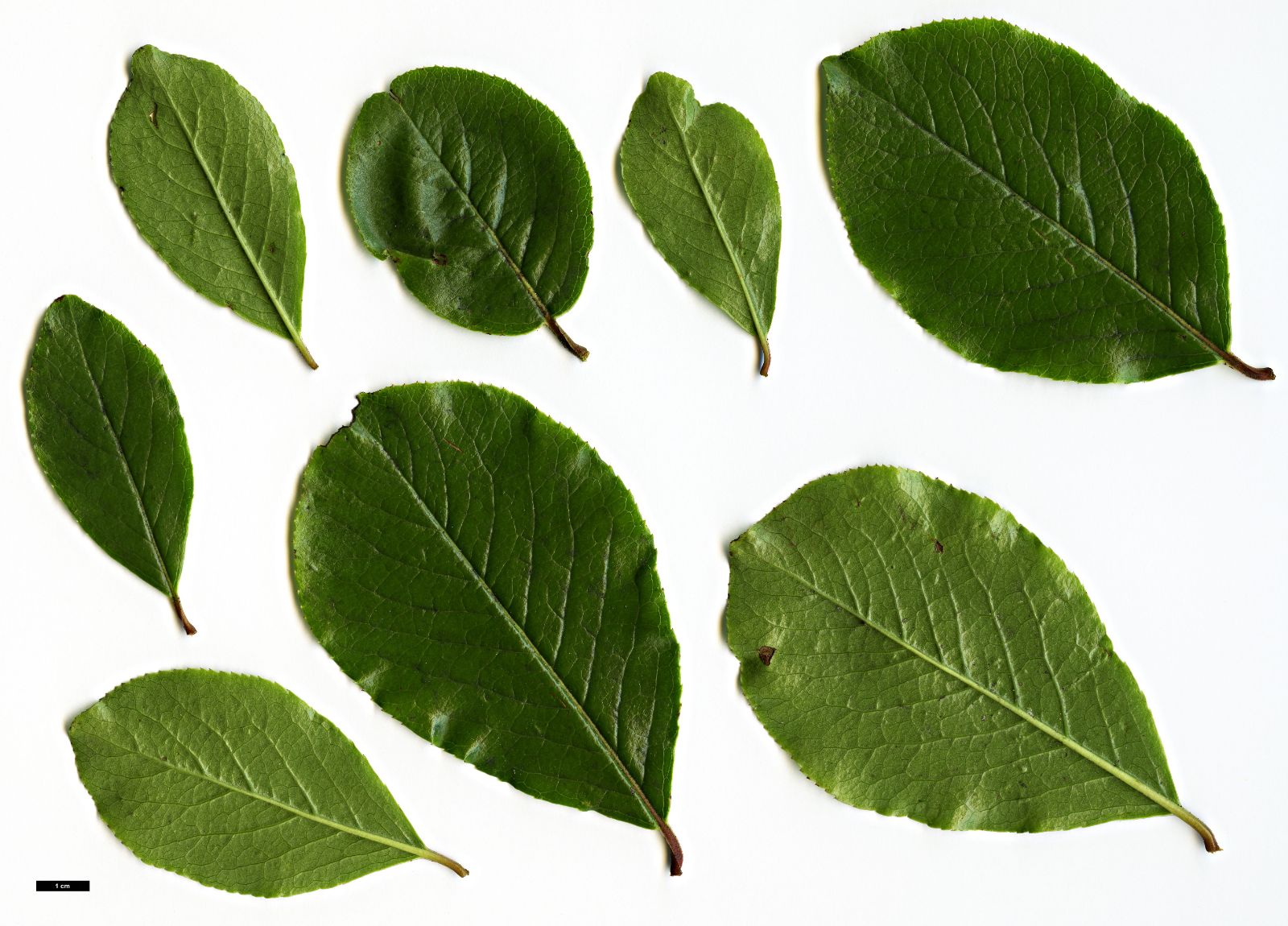Viburnum rufidulum
Credits
Article from Bean's Trees and Shrubs Hardy in the British Isles
Recommended citation
'Viburnum rufidulum' from the website Trees and Shrubs Online (treesandshrubsonline.
Genus
Common Names
- Southern Black Haw
Synonyms
- V. rufotomentosum Small
- V. prunifolium var. ferrugineum Torr. & Gr.
Other taxa in genus
- Viburnum acerifolium
- Viburnum betulifolium
- Viburnum × bodnantense
- Viburnum buddleifolium
- Viburnum burejaeticum
- Viburnum × burkwoodii
- Viburnum × carlcephalum
- Viburnum carlesii
- Viburnum cassinoides
- Viburnum cotinifolium
- Viburnum cylindricum
- Viburnum davidii
- Viburnum dentatum
- Viburnum dilatatum
- Viburnum erosum
- Viburnum farreri
- Viburnum foetidum
- Viburnum grandiflorum
- Viburnum harryanum
- Viburnum henryi
- Viburnum hupehense
- Viburnum japonicum
- Viburnum kansuense
- Viburnum lantana
- Viburnum lantanoides
- Viburnum lentago
- Viburnum macrocephalum
- Viburnum molle
- Viburnum nudum
- Viburnum odoratissimum
- Viburnum opulus
- Viburnum phlebotrichum
- Viburnum plicatum
- Viburnum propinquum
- Viburnum prunifolium
- Viburnum rhytidophyllum
- Viburnum rigidum
- Viburnum schensianum
- Viburnum setigerum
- Viburnum sieboldii
- Viburnum suspensum
- Viburnum tinus
- Viburnum utile
- Viburnum veitchii
- Viburnum wilsonii
- Viburnum wrightii
A deciduous shrub of very rigid, thin habit, described as becoming a tree often 40 ft high in the wild; young shoots more or less covered with a rust-coloured down; winter buds reddish brown. Leaves stiff and leathery, oval, ovate, or obovate; rounded, blunt, or shortly pointed at the apex, wedge-shaped or rounded at the base, toothed, 2 to 4 in. long, 1 to 11⁄2 in. wide, dark shining green above, covered beneath when young with a reddish short down, much of which falls away before the leaf drops; stalks 1⁄4 to 1⁄2 in. long, stout, more or less winged, and densely covered with rusty coloured down. Flowers white, all perfect, 1⁄3 in. across, borne on cymes 3 to 5 in. across. Fruits blue, 1⁄2 to 2⁄3 in. long.
Native of the southern United States; introduced to Kew in 1902. It belongs to the same group as V. prunifolium and V. lentago, from both of which it differs in its dense covering of rusty down especially on the leaf-stalk and midrib. Its habit, too, as a young shrub, is curiously rigid and its foliage narrower. It does not flower very freely in Britain but the leaves sometimes colour red in the autumn.

